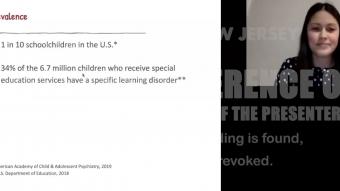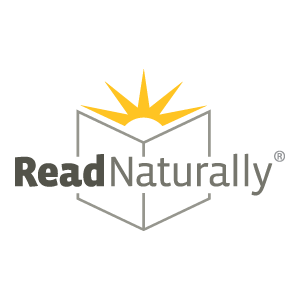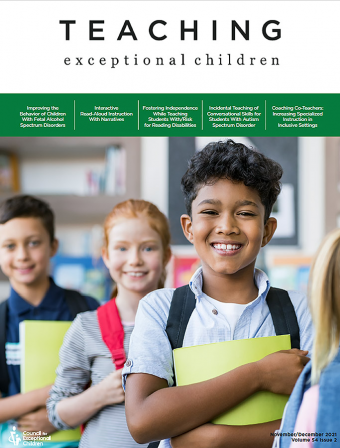Learning Disabilities

Students with learning disabilities (LD) have difficulty acquiring basic skills or academic content due to difficulty using or understanding spoken or written language.
These difficulties may impact a student’s ability to read, write, spell, think, speak, listen, or do mathematics. Learning disabilities do not include those difficulties that are primarily due to a student’s intellectual, physical, or emotional disabilities, nor those that are due to a student’s environmental, cultural, or economic disadvantages.
Common learning disabilities include dyslexia, dysgraphia, perceptual disabilities, and developmental aphasia. It is estimated that approximately 6-8% of school-age children have some sort of LD. Some experts believe that lack of and differences in screening protocols have resulted in LD being underreported.
Source: ed.gov
Interested in learning disabilities? Check out CEC's Division for Learning Disabilities!
Angela Schooner

Understanding Learning Disorders with Dr. Priscilla Morrison

Amy Braddock

Shared Reading and Guided Play for Vocabulary Instruction With Young Children
Educating All Learners Alliance

The Educating All Learners Alliance (EALA) is an uncommon alliance of more than 90 organizations that represent voices from a diverse range of communities, including disability advocacy, parent, special education, civil rights, and K-12 nonprofit education organizations. EALA has established a digital hub with close to 2 million hits and the resource library averages 30,000 searches weekly. EALA partners have formed teams to produce groundbreaking resources with the collective knowledge and energy of our partner organizations. They have also built new resources dedicated to supporting students
Diversity, Autism and Developmental Disabilities: Guidance for the Culturally Responsive Educator – PRISM 13

Read Naturally

At Read Naturally, we pride ourselves on the quality of our materials, our dedicated service to educators, and the success of students who use our products. We believe that curricula should be interesting and appropriate for each and every student, and that materials should be flexible and adaptable for many situations and environments. We believe that teachers understand the needs of their students best, and that teachers should be supported in their efforts through professional development and coaching.
Since 1991, Read Naturally has helped striving readers of all ages develop into
Perkins School for the Blind

Perkins School for the Blind's on campus programs serve students with visual impairments, CVI and deafblindness from birth through age 22. Our teachers are experts in working with a broad range of multiple disabilities and implement the Expanded Core Curriculum- helping students access core academics and acquire the social and independent living skills their sighted peers learn incidentally. Since 1829, we have been preparing children and young adults with the education, confidence and skills they need to reach their full potential.
Off campus itinerant teachers of students with visual
Pearson Clinical Assessment

Pearson Clinical Assessments are trusted globally to help professionals like you improve the lives of your students. Each tool is developed based on the latest research and best practice, and represents the highest technical quality in clinical assessment. Q-interactive® and Q-global® digital solutions provide the advantage of streamlining your workflow and offer innovative ways to engage your students. Our reliable, well-validated tools assess child and adult personality, behavior, neuropsychology, ability/intelligence, speech and language, vocations, and biopsychosocial issues— leading to
